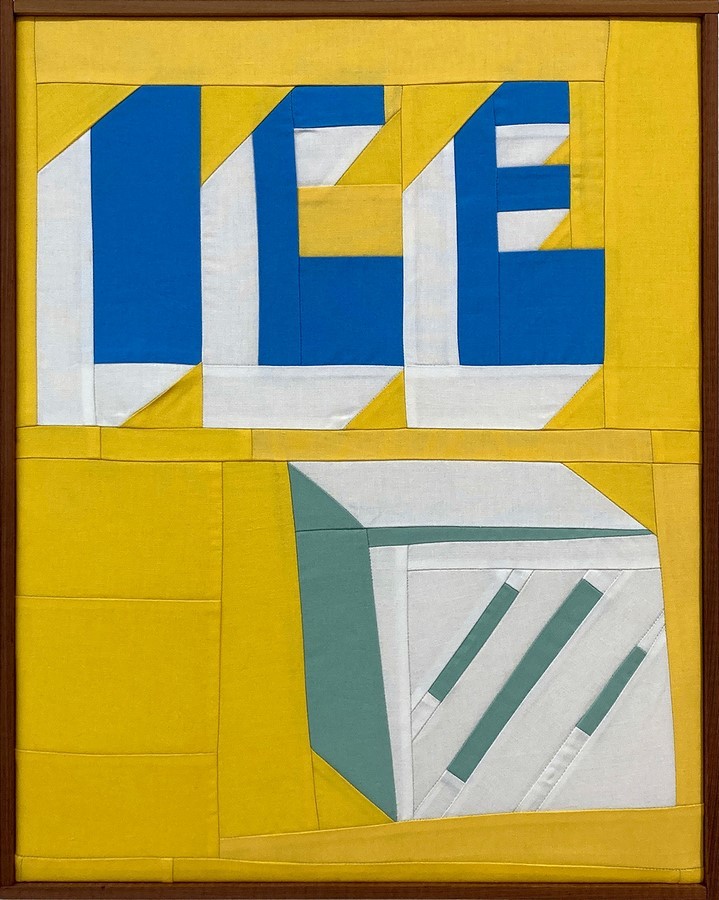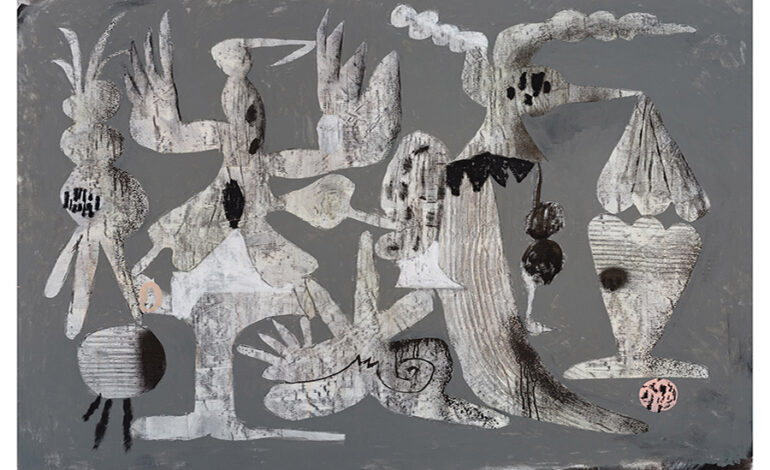Jeffrey Sincich, an artist based in San Francisco, California, presents a selection of his recent works that pay homage to scenes from his environment. Through the use of textiles and found objects, Sincich celebrates the beauty of everyday elements that often go unnoticed in urban landscapes.
Embracing Human-Made Alterations

As a co-owner of a sign painting company in Portland, Oregon, Jeffrey Sincich has a deep appreciation for the human hands that shape our built environments. His artwork highlights hand-painted signage, architectural details, long-standing storefronts, and other human-made alterations that contribute to the character of a place. Sincich’s keen eye for detail and his ability to capture the essence of these elements shine through in his artistic creations.
Quilting as a Symbol

Sincich utilizes quilting as a symbolic representation of feelings associated with comfort, tradition, and history. He draws parallels between handmade quilts and elements of the urban environment, noting that both offer people a sense of place, belonging, and safety. Like quilts, urban elements bear traces of the human hands that created them and carry unique stories and meanings. They can be displayed, passed down, altered, mended, repurposed, or discarded, each representing a part of their community’s history and offering different interpretations to those who interact with them.
Capturing Community and History

Through his artwork, Jeffrey Sincich captures the essence of community, surroundings, and history embedded in urban landscapes. His pieces invite viewers to appreciate the beauty in everyday details and reflect on the significance of human-made alterations in shaping the identity of a place. Sincich’s artistry not only celebrates urban scenes but also serves as a reminder of the interconnectedness between people, their environment, and the stories that unfold within these spaces.
In summary, Jeffrey Sincich’s art celebrates the intricate details of urban life and the human hands that leave their mark on the built environment. Through textiles, found objects, and quilting techniques, he offers a unique perspective on the beauty and meaning found in the seemingly ordinary elements of our surroundings.








